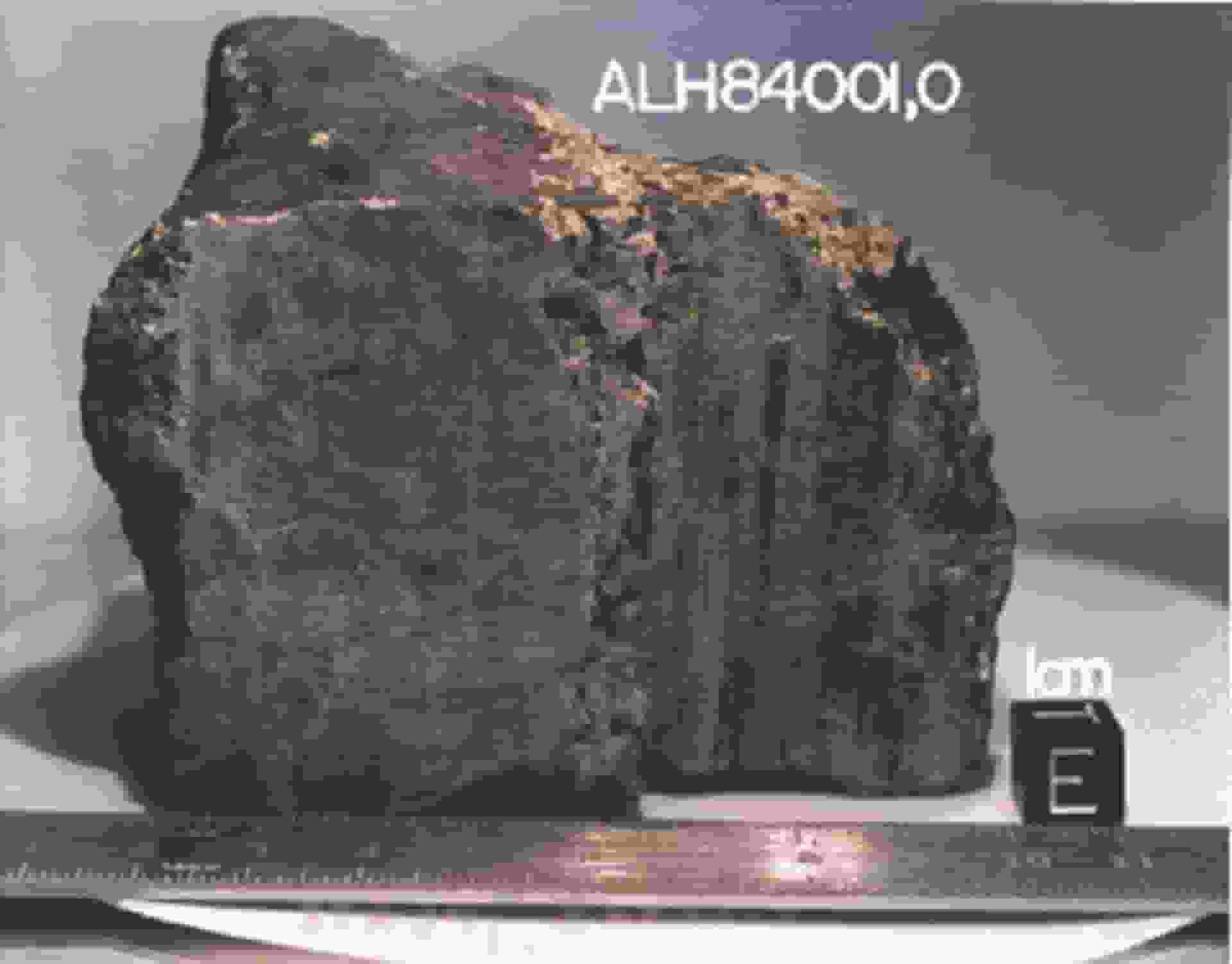Scientists said on Monday (Nov. 13) that an AI-powered robot chemist has created molecules that might be used to produce oxygen from water using meteorites from Mars. Oxygen will be needed for both breathing and rocket propulsion on any prospective future crewed expeditions to Mars. The use of resources already present on the Red Planet to produce oxygen is a crucial strategy for making such missions financially viable over the long term. That would be far less difficult than transporting a large amount of oxygen and components that produce oxygen from Earth.
Since water is composed of hydrogen and oxygen, the notion seems interesting since Mars does contain sizable quantities of frozen water ice. Scientists have been exploring ways to extract oxygen from these Martian deposits. Catalysts, in particular, are substances that may initiate chemical processes that “split” water molecules into hydrogen and oxygen.
In a recent study, scientists worked with an AI chemist to create some of those water-splitting catalysts; crucially, Martian materials were used in the experiments. The group concentrated on five distinct types of Martian meteorites, which are rocks that were propelled from the Red Planet by cosmic collisions and then fell to Earth.
After gathering samples from the Martian meteorites with a robot arm, the AI chemist scanned the ore with a laser. Subsequently, it computed the number of molecules it could synthesize over 3.7 million, using the six distinct metallic elements present in the rocks: iron, nickel, manganese, magnesium, aluminum, and calcium.
Without any help from humans, the AI scientist chose, created, and examined 243 distinct compounds in under six weeks. The robot’s finest catalyst was able to split water at minus 34.6 degrees Fahrenheit (minus 37 degrees Celsius), a temperature only encountered on Mars.
Co-senior author of the research and scientist at the University of Science and Technology of China in Hefei Jun Jiang said to Space.com, “As a boy, I dreamed of interstellar exploration.” “So when we finally saw that the catalysts made by the robot could actually produce oxygen by splitting water molecules, I felt like my dream was coming true. I even started to imagine that I, myself, will live on Mars in the future.”
According to the researchers, a human scientist would have needed around 2,000 years to use traditional trial-and-error methods in order to identify the “best” catalyst. But even though these results point to the potential benefits of AI for research, Jiang pointed out that AI “at the same time needs the guidance of human scientists. The robot AI chemist is smart only if we taught it to do something.”
In addition to temperature, the scientists’ current goal is to determine whether their AI chemist can function in Martian environments, “where the atmospheric composition, air density, humidity, gravity, and so on are so different from those on Earth,” according to Jiang.
On Monday, Nov. 13, the researchers published an online summary of their findings in the journal Nature Synthesis.
Mars meteorites and oxygen
Researchers have shown that, contrary to what was previously thought, substantially less energy is really required to blast pebbles off Mars’ surface that eventually rain down on Earth as meteorites.
For thousands of years, meteorites have been found all over the surface of the Earth. However, it wasn’t until the 1970s that measurements of the Martian atmosphere taken by NASA’s Viking orbiters were discovered to match gases locked in these space rocks that Mars was proposed as a potential source of this bombardment. However, it was still unclear how precisely these rocks may have traveled from the Red Planet to Earth.
Scientists from the Jet Propulsion Laboratory (JPL) and the California Institute of Technology (Caltech) replicated the “shock pressure” that rocks on Mars feel as they are expelled from the planet in recent research. By doing this, scientists discovered that, contrary to popular belief, it might not be as hard to launch a rock from Mars into space.
Team member and JPL planetary scientist Yang Liu stated in a statement, “We can’t watch a meteorite strike in person because we’re not on Mars.” “But we can recreate a similar kind of impact in a lab setting. By doing so, we found it takes much less pressure to launch a Mars meteorite than we thought.”
The pebbles must withstand extreme pressure and temperature as well as a potential crash landing in order to travel from the surface of Mars through the Martian atmosphere, into and out of the near-vacuum of space, through Earth’s atmosphere, and onto the surface of our planet.
These meteorites are the only way Martian rock samples may be studied up close and personally by engineers until they can devise a method to retrieve and return them. Other experts are seeking further insight into the type of collisions on Mars that may have caused fragments of the Red Planet to be launched in the first place, while the meteorites are being investigated.




![Tyson Foods Plant [Photo: Food Manufacturing]](https://southarkansassun.com/wp-content/uploads/2023/08/iStock_1185520857__1_.5e441daa51cca-600x337.jpg)








![Silverado Senior Living Management Inc. [Photo: Los Angeles Times]](https://southarkansassun.com/wp-content/uploads/2023/10/download-6-4-600x337.jpg)

![China's Wuhan Institute of Virology [Photo: Nature]](https://southarkansassun.com/wp-content/uploads/2023/09/d41586-021-01529-3_19239608-600x337.jpg)















